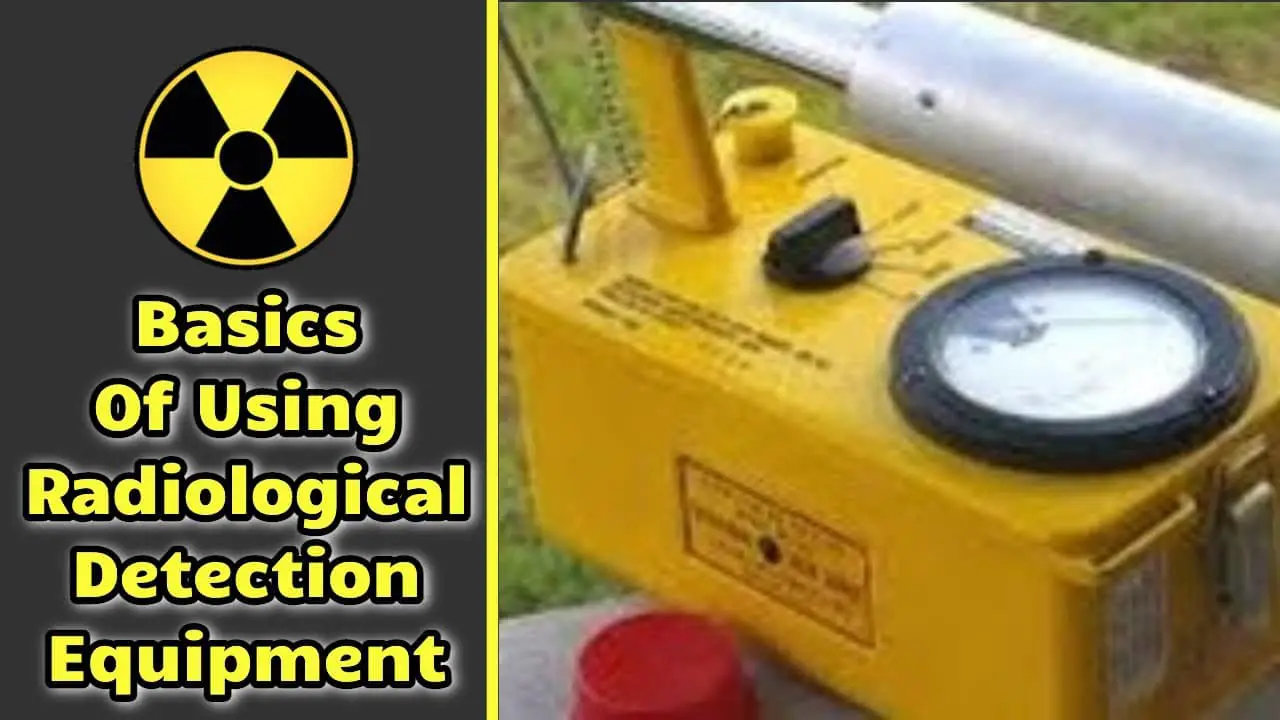
I will tell you right now, a homemade chlorine battery is not going to be as cost effective as commercial batteries. In the nanny state it is almost impossible to get pure enough chemicals to really experiment. However, I think it is important for the sustainable power types to understand what is going on within their system. This allows them to make informed decisions when they buy their batteries.
In a true grid down collapse, i.e. Mad Max scenario, the ability to make batteries from scrounged materials may come in handy. Now before you get too excited, if you get one volt per battery cell you are doing extremely well.
It will take many of these cells to get any usable energy. This is not a cost effective way to power your home.
In the video we make a battery using a mason jar, copper, aluminum, and chlorine bleach.
Basically, any two different kinds of metal can be placed in a conducting solution and you get a battery. In some schools they still teach an experiment that involves inserting copper and zinc strips into a lemon or a potato to make a battery.
Once you get the basic chemistry down, feel free to experiment. I have seen instructions for making large cells from aluminum soda cans riveted together and inserted into long PVC pipes. Right now I am experimenting with PVC pipe, grounding rod, and aluminum pipe.
If you want to see the procedure to make a chlorine battery, please watch the video.
As promised in the video, this article will discuss the theory of batteries in a little more detail.
This is just a quick down and dirty – if you want more information, you can do an internet search for the following battery types:
- Edison Battery (Nickel Iron)
- Acid, Copper, Zinc
- Salt, Copper, Zinc
- Air, Copper, Zinc
- Acid, Copper, aluminum
- Salt, Copper, aluminum
- Air, Copper, aluminum
The Chemistry in a Nutshell.
Metal atoms are held together by electrical attractions between the nuclei and the electrons around the atoms.
When you place a strip of metal in a glass of water, the water molecules interact with the metal atoms on the surface of the strip. Water molecules are polar, meaning the one side is slightly positive, and the other side is slightly negative. This is because the two hydrogen atoms are not on opposite sides of the oxygen atom, but are instead about 105° apart. The hydrogen side is positive, and the oxygen side is negative.
At the location where the water and metal meet, some of the metal atoms are attracted to the negative side of the water molecules. This attraction allows the metal atom to leave one or more of its electrons behind in the metal strip, and others to move into the water.
Because of this movement of electrons a metal atom is left with a very small negative electric charge. This tiny charge does not pull very much on the metal ion that has left the strip. But since there are huge numbers of atoms at the surface of the metal strip, and an enormous number of metal ions are in the water at any given time the metal strip ends up with a slight negative charge.
Some metals hold on to their atoms more tightly than others.
This means that some metal strips will become more negative when placed in water than others do.
If one metal strip has more extra electrons than another strip of a dissimilar metal, the extra electrons will flow from the first strip to the second, until they both have the same charge and equal each other out. However, before the electrons can flow from one strip to the other, they need a conductive path.
We give them that path when we connect two strips of different metals with a wire. The electrons then flow through that wire, creating an electric current.
Acid Batteries (we will use copper and zinc as an example)
In the case of the copper and zinc strips, the copper holds onto its atoms more strongly than the zinc does. That means the zinc strip is more negative than the copper strip. The electrons will flow from the zinc to the copper.
When the forces are eventually balanced, the copper strip ends up with more electrons than the zinc strip. The zinc strip now has fewer electrons, and it cannot attract the zinc ions back to the strip.
If our battery just had water in it that would be the end of the battery. This battery has water plus an acid. An acid has an easily detached hydrogen ion. (in the video I mention about ionic solutions). Hydrogen ions are positive, and the remaining part of the acid becomes negative when it loses the hydrogen ion. In a battery made with soda (phosphoric acid) you would end up with phosphate ions – in a vinegar battery (acetic acid) you would have acetate ions left.
When all of those positively charged zinc ions bump into those negatively charged phosphate/acetate or other acid ions the phosphate ion is more strongly attracted to the zinc ion than to the hydrogen ion.
The positively charged hydrogen ion is attracted to the copper strip
The positively charged hydrogen ion is attracted to the copper strip, because the copper strip has the extra electrons, and is thus negative (opposite charges attract).
The hydrogen ions attract the electrons from the copper, and become neutral hydrogen atoms. These join up in pairs to become hydrogen molecules, and form bubbles on the copper strip. Eventually the bubbles become big enough to float up to the surface and leave the system entirely. (which is why you vent batteries to keep the explosive hydrogen from collecting)
Now the copper strip no longer has the extra electrons. It attracts more from the zinc strip through the connecting wire, as it did when the wire was first connected.
The copper ions next to the copper strip are not as attracted to the strip as they were before. The hydrogen ions keep taking the electrons that attracted the copper ions. So those ions are free to move through the liquid.
At the zinc strip, zinc ions are being removed, leaving extra electrons. Some of those electrons travel through the wire to the copper strip. But some of them encounter the copper ions that happen to bump into the zinc strip. Those ions grab the electrons, and become copper atoms. We can see those atoms build up on the zinc strip. They look like a black film, because the oxygen in the water combines with the copper to form black copper oxide. (Electroplating anyone….)
Eventually, all of the zinc is eaten up, and the copper and copper oxide falls into a pile beneath where the zinc strip used to be. The battery is now dead, and no more electrons flow through the wire. If there was not a lot of acid in the water, the acid may have been used up first – leaving the metal. (int the video we mention this by saying the stronger the bleach solution the stronger the battery but the shorter time it will last)
Salt Batteries (Air Batteries)
When you use a salt solution instead of acid in the water you have a different chemistry.
Salt breaks up in water to make positive sodium ions and negative chloride ions. These ions reduce the energy needed for water to split into hydroxide ions (OH-) and hydrogen ions H+ (the hydrogen ions quickly find another water molecule and create hydronium ions, H3O+).
At the zinc strip, the zinc ion combines with four hydroxide ions to form one ion of zincate (Zn(OH)42-), leaving two electrons behind on the zinc strip. The chlorine ions from the salt then combine with the hydronium ions leftover when the hydroxide ions were taken away by the zinc, and form hydrochloric acid.
Over on the copper strip, four electrons combine with oxygen dissolved in the water and two molecules of water to form four hydroxide ions. The sodium ions from the salt combine with these hydroxide ions to make sodium hydroxide. (This is the chemistry behind the 12 volt chlorine generator from an earlier video)
The hydrochloric acid and the sodium hydroxide combine back into salt. So the salt is merely in the picture as a way to move charges through the water. It is not used up.
We can summarize what happens at the zinc strip (called the anode)
Zn + 4OH- ⇒ Zn(OH)42- + 2e-
4Cl- + 4H2O ⇒ 4HCl + 4OH-
Zn(OH)42- ⇒ ZnO + H2O + 2OH-
At the copper strip (called the cathode) we have:
O2 + 2H2O + 4e- ⇒ 4OH-
4Na+ + 4OH-⇒ 4NaOH
A zinc-air battery gets its name from this reaction
The oxygen from the air is combining with the zinc.
The copper electrode is just there to conduct the electrons, and does not participate in the chemistry. It can be replaced with a carbon rod.
You may notice that after a short while, the oxygen in the battery is used up, and the current (and thus the brightness of the LED) begins to drop. Stirring the salt water helps to put more oxygen in the water, and the LED gets bright again.
Source:
They had the best explanation of what is happening and I took a lot of their information to write this as their way of explaining was a lot easier to understand when I contrasted the two. (I guess that means they understand the process much better than I do). If you have kids with an interest in science I recommend visiting their site.







